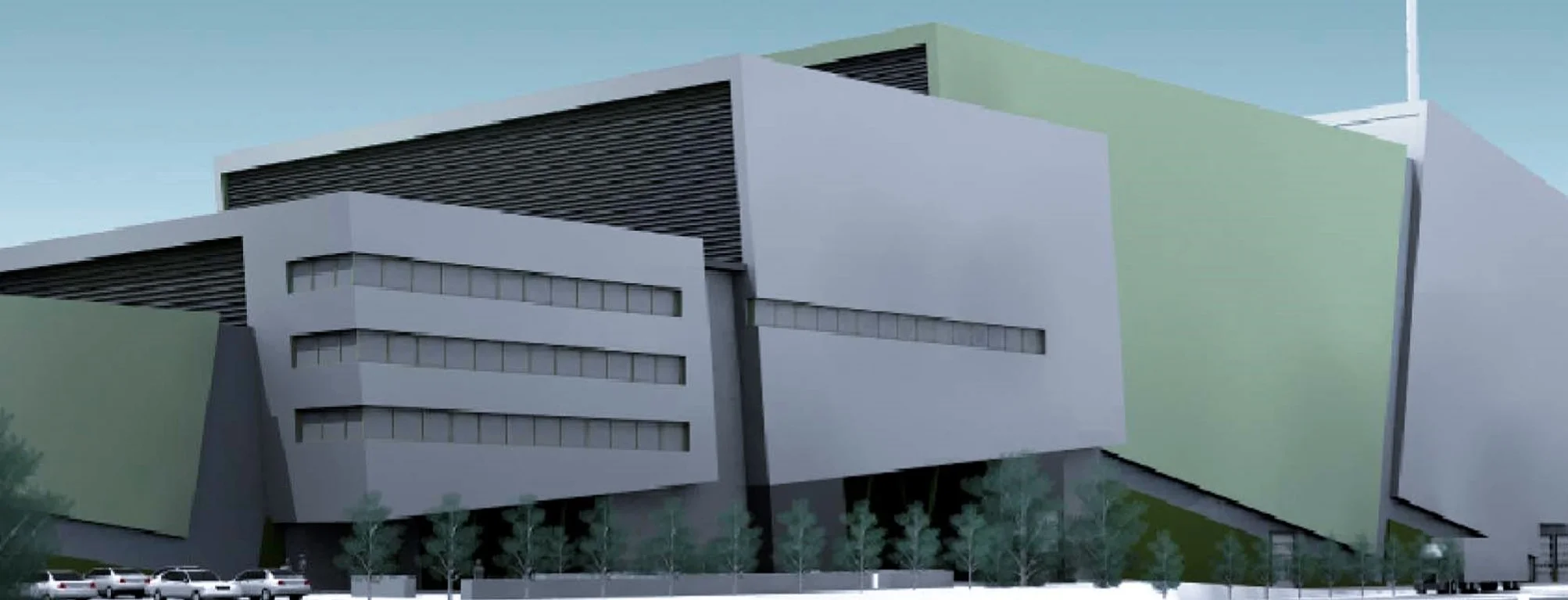How is Gloucestershire’s residual waste turned into energy?
/The Gloucestershire Energy from Waste Facility has launched a new film demonstrating the waste to energy process.
The film explains how emissions produced by the Facility are monitored and controlled.
The Facility generates the equivalent amount of electricity to power approximately 25,000 homes.
Today (26th July, 2021), the Gloucestershire Energy from Waste Facility has launched a new film demonstrating how the Facility works. The film describes the energy from waste process and follows the journey household residual waste takes from the Facility’s weighbridge and tipping hall to its combustion and production of electricity which helps to power homes across Gloucestershire. The short film is available to watch on the Facility’s website.
Starting with how vehicles enter the site, the footage shows how the contents are deposited into the waste bunker. Cranes feed residual waste into the treatment process, which is burned at approximately 1,000 degrees Celsius. The oxygen, fuel and temperature levels are monitored in the Control Room to ensure energy is used to turn water into high-quality steam, which is put through a turbine at 60 bar. The spinning turbine is connected to a gearbox and generator, creating electricity which is exported to the National Grid.
Once the energy has been recovered from waste, the remaining non-combustible residue, otherwise known as Incinerator Bottom Ash (IBA), is sent through a mechanical separation process to recover ferrous, non-ferrous and oversized metals for recycling. The remaining IBA aggregates are transported offsite for further refining where they can be used in a variety of applications including as the sub basis for roads and within the construction industry. The Facility also monitors the emissions generated from the process, adding lime and carbon into the system to ensure the remaining emissions that leave through the stack are within the limits defined in the Environmental Permit from the Environment Agency.
Dan Pearson, General Manager at the Facility, commented:
“This new film helps to explain the energy from waste process clearly and concisely. The Facility treats waste that cannot be easily recycled, helping to reduce the overall carbon emissions for the County. Since operations commenced at the site, the process has continued to run smoothly and our team continues to work hard to maximise the recovery of the value from waste, helping to generate the equivalent amount of electricity to power approximately 25,000 homes across Gloucestershire.”
Councillor David Gray, Cabinet Member Responsible for Waste at Gloucestershire County Council said:
“There is always a lot of interest in how the Gloucestershire Energy from Waste Facility works and the vital role it plays in managing the County’s waste that cannot be recycled. Unfortunately our Visitor Centre had to be closed because of the pandemic. Although we are aiming to resume visits soon, in the meantime, this short film offers a great alternative by providing valuable insight into how the facility operates.“
Pixelrain was commissioned by the Facility to create this short video and it will be used for future tours and visits to the site once the Visitor Centre reopens. More information about the Gloucestershire Energy from Waste Facility is available at https://www.ubbgloucestershire.co.uk/ where you can also view the video.




